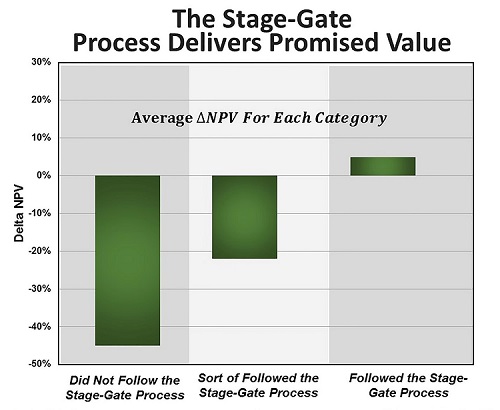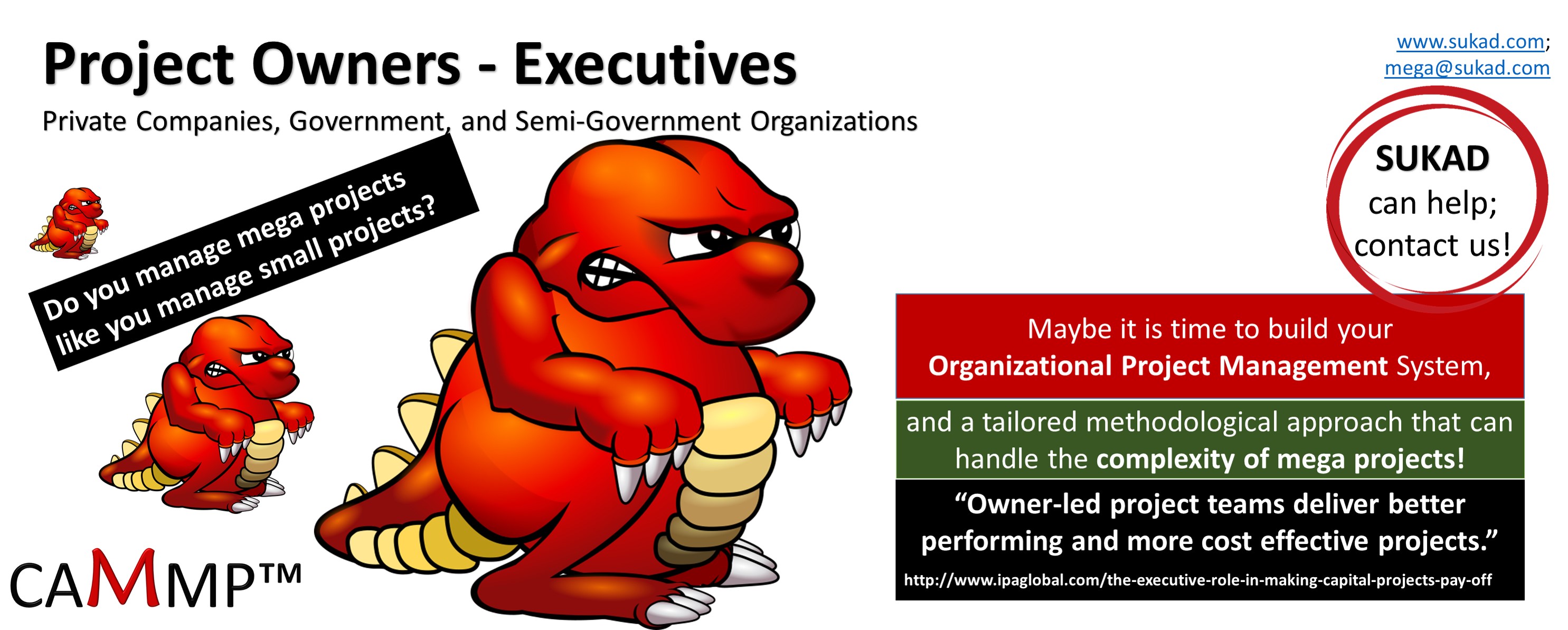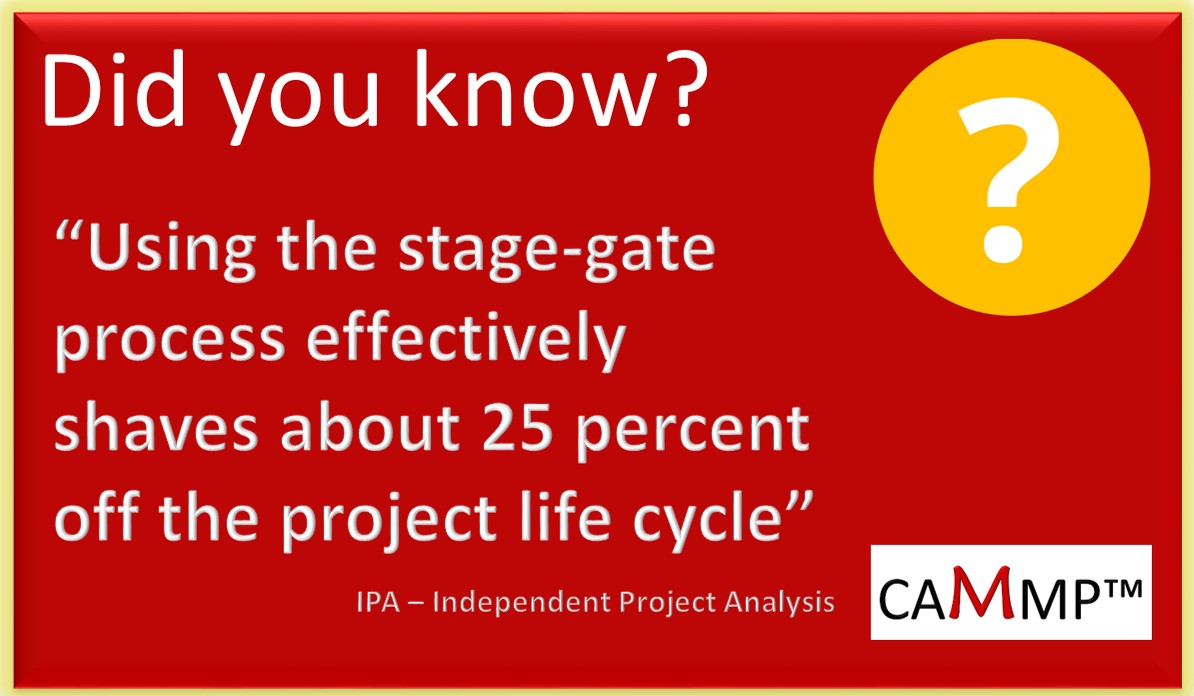This post is specific to Executives, especially those leading Project Owners’s Organizations.
How to lead large and complex (mega) projects to success?
How you can minimize the chance of delays and overruns and maximizing value to your shareholders?
In a recent article, we wrote and recorded video on why project owners organizations are afraid of project management. That was a tough article to write since it could have touched on organizational culture and pride but nonetheless, the message has to be said.
Today, we will build on what we wrote, but first a few definitions:
Definitions
- A Project Owner Organization is any organization, government, a semi-government, or private company that is developing Capital Projects.
- A Capital Project is any project requiring significant investment and often lead to building a Facility.
- A Facility could be a real estate development, industrial, petroleum, power, utilities, rails, highways, ports, airports, or similar type of projects.
- A Large-Complex Project would be a project costing millions or even a few hundred million US$.
- A Mega Project is typically a project with a capital cost exceeding 500 million US$. Some references put the value at $1 billion.
PM Common Practice
In project management, we consider these types of projects as large and complex, or even mega projects costing millions or billions and lasting many years. It is common practice that project owners organizations, outsource the management of these mega projects to PMC, Project Management Consultants. Despite outsourcing the project management function to a specialized PMC, we keep reading in the papers or observe that these projects are often delayed and over budget.
In a previous article, we stated that our opinion that the PMC will likely be primarily responsible for poor performance. However, this statement is applicable to the phases of the project where the PMC is involved. Here, it is important to say, that often the feasibility study and earlier phases are the responsibility of the project owners, not the PMC; unless a PMC is hired from the beginning.
The outcome, projects performance is the challenge.
The Consequence of Common Practice
A recent article by a global organization specializing in project analysis and benchmarking, and based on studies of actual projects from around the world, have come up with interesting conclusions.

Source: http://www.ipaglobal.com/the-executive-role-in-making-capital-projects-pay-off
As the above image shows:
- Organizations that do not follow a stage-gate process can expect up to 45% reduction of their Net-Present Value. This 45% is the delta between actual NPV and planned NPV. In other words, if they expect $1 million profit, they only achieve $0.55 million.
- Those who may follow some aspects of a stage-gate process but not properly can expect a 22% reduction in their NPV.
- On the other hands, those who follow a proper stage-gate approach can see 5% increase in their NPV.
Let us convert the above into numbers. Assuming we have a $1 billion project, $1,000,000,000. Also, assume that the expected profit (NPV) is only 20%, or 200,000,000. A 22% reduction in this amount will be 44,000,000 in lost profit. That is 44 million US$. A 45% reduction will double this amount.
Reflecting back on the earlier statements, this lower than optimal performance is often due to:
- Project owners handling of the earlier stages of the project (ideation, feasibility, and maybe requirements), and
- PMC, or whoever is managing the delivery phase of the project, design, engineering, construction, and commissioning.
Regardless of the responsibility or accountability, the bottom line is that projects might be losing, millions of US$ in NPV reduction, per the IPA research and article. The main message of the IPA article is that Executives must insist on building and use a proper, well-defined, stage-gate methodology. The SUKAD Customizable and Adaptable Methodology for Managing Projects™ (CAMMP™) is a stage-gate model.
Another finding from the same IPA article highlights that “Owner-led project teams deliver better performing and more cost-effective projects.” Source: http://www.ipaglobal.com/the-executive-role-in-making-capital-projects-pay-off
Closing Remarks
The message of that IPA article is clear. The message from our earlier article is also clear and by coincidence, both articles align, indirectly. Further, our personal past experience on mega projects, and research on this subject by SUKAD and others, like Oxford University, also align that managing Mega is a challenge.
What is the solution?
Proper and effective project management building on leading practices. In other words, Project Owners Organizations establish your organizational project management system (OPMS). Build the project management capacity and competence inside your organizations. Create a project management function–department and directly lead your projects to success. As we said before, if you only have one mega project in your organization future, there hire a PMC. However, if you plan to be in business and deliver one project after another, it is an imperative to build OPMS and directly manage projects.
The choice is yours, continue to experience delays and overruns, and accept less than optimal return, or lead the way in delivering excellence.
In addition to CAMMP™, SUKAD has other solutions that can help Lead Mega Projects to Success! Whether you need an Advisor, a Consultancy Service, or Developing your people, we have the necessary experience.



Trackbacks/Pingbacks